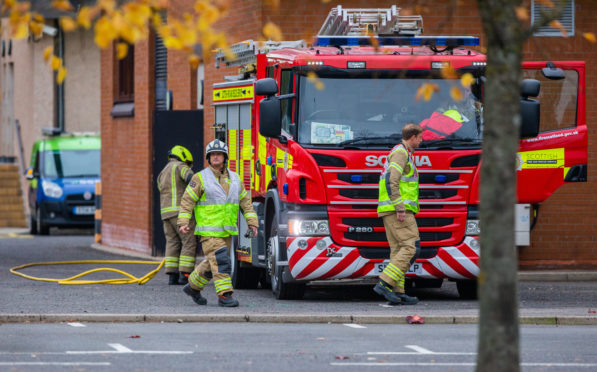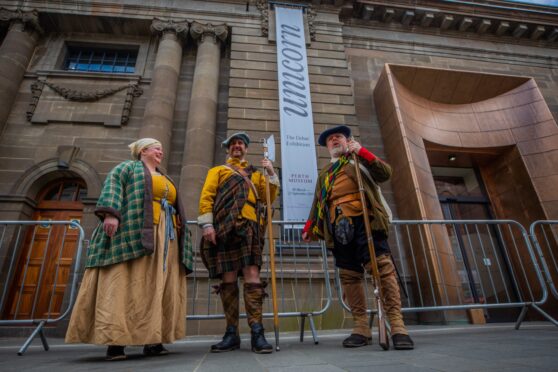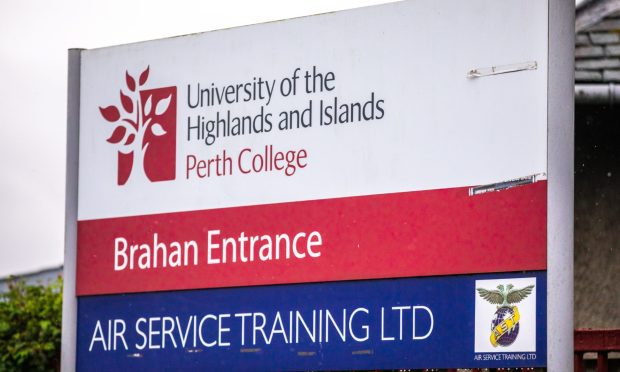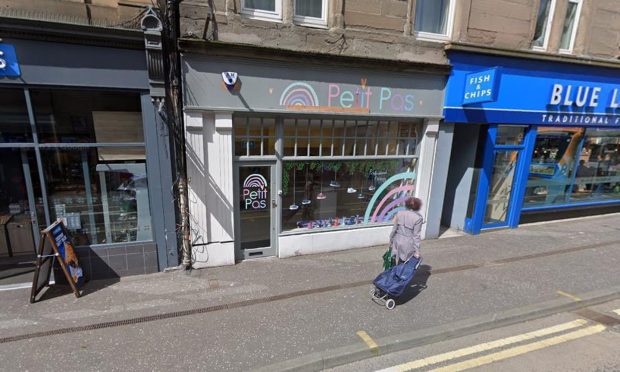Fire chiefs in Perth and Kinross have pledged a crackdown on false alarms which they say are putting lives and businesses at risk.
Two-thirds of the region’s call-outs are caused by automatic devices and faulty alert systems, costing the region around £2.4 million each year.
Area Commander Gordon Pryde has described the unwanted calls as a “significant drain on resources” and has set out a multi-pronged approach to tackle the issue.
And he has warned that businesses could face formal enforcement action if they fail to take ownership of the problem.
As part of the Perth and Kinross Local Fire Rescue Plan for the next three years, crews will actively work with companies identified as responsible for repeated call-outs.
Local Senior Officer Pryde said false alarms amount to around 60% of all attendances, with automatic fire alarms being the main offenders.
“This is a significant drain on our resources,” he said. “Travelling to these incidents under blue light conditions presents an undue risk to our firefighters and other road users due to an increased likelihood of vehicle accidents occurring.”
He added: “As our stations are predominantly crewed by RDS (retained) firefighters, there is also a direct impact on the businesses who employ our RDS staff, through time lost due to them being released to respond to calls that inevitably turn out to be false alarms.”
Most false alarms are triggered by automatic devices at care homes, sheltered housing and hospitals, LSO Pryde said. It is understood only a handful of unwanted alerts are triggered by malicious hoax callers.
“Whilst we encourage the use of automatic fire alarms to save lives and protect buildings, more can be done to reduce the significant burden to us and businesses that unwanted fire alarm systems cause,” he said.
“A marked reduction could release significant resources to deploy on more productive work that will deliver greater public value in Perth and Kinross, including a broader range of prevention work associated with tackling unintentional harm.”
As part of the 2020-23 plan, local crews will investigate each alarm and work with premises owners to prevent reoccurrence.
Formal action could be taken against businesses generating unacceptably high rates of false alarms.
Each alarm is said to cost the service around £1,970 every time.










